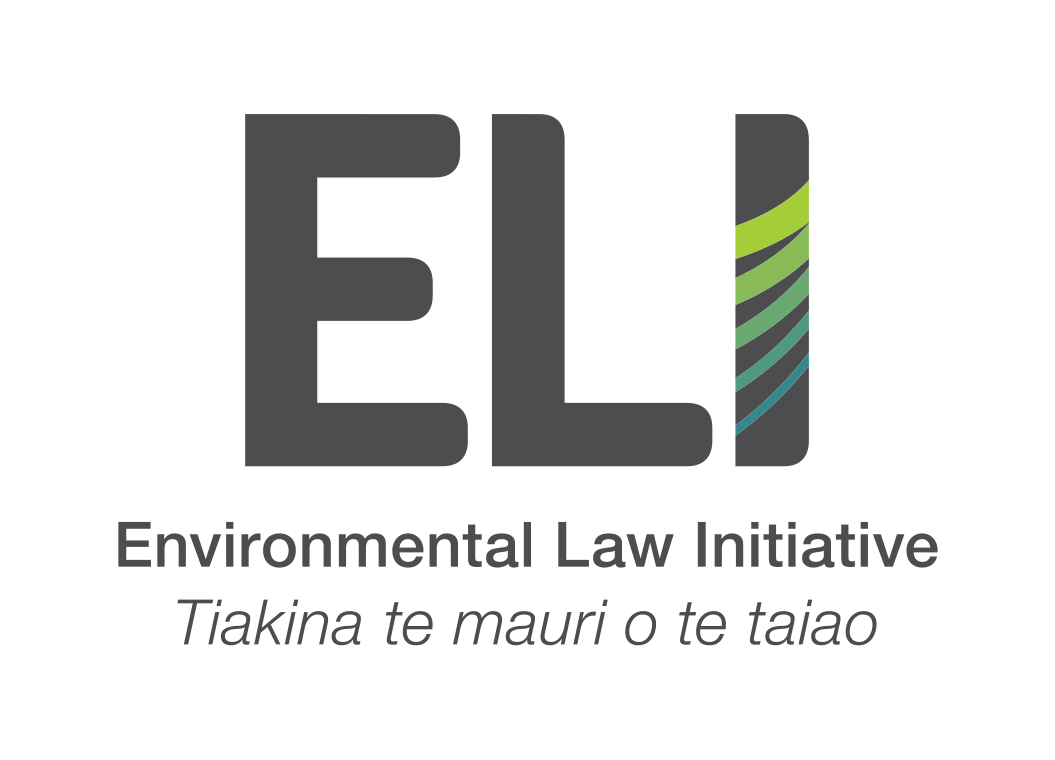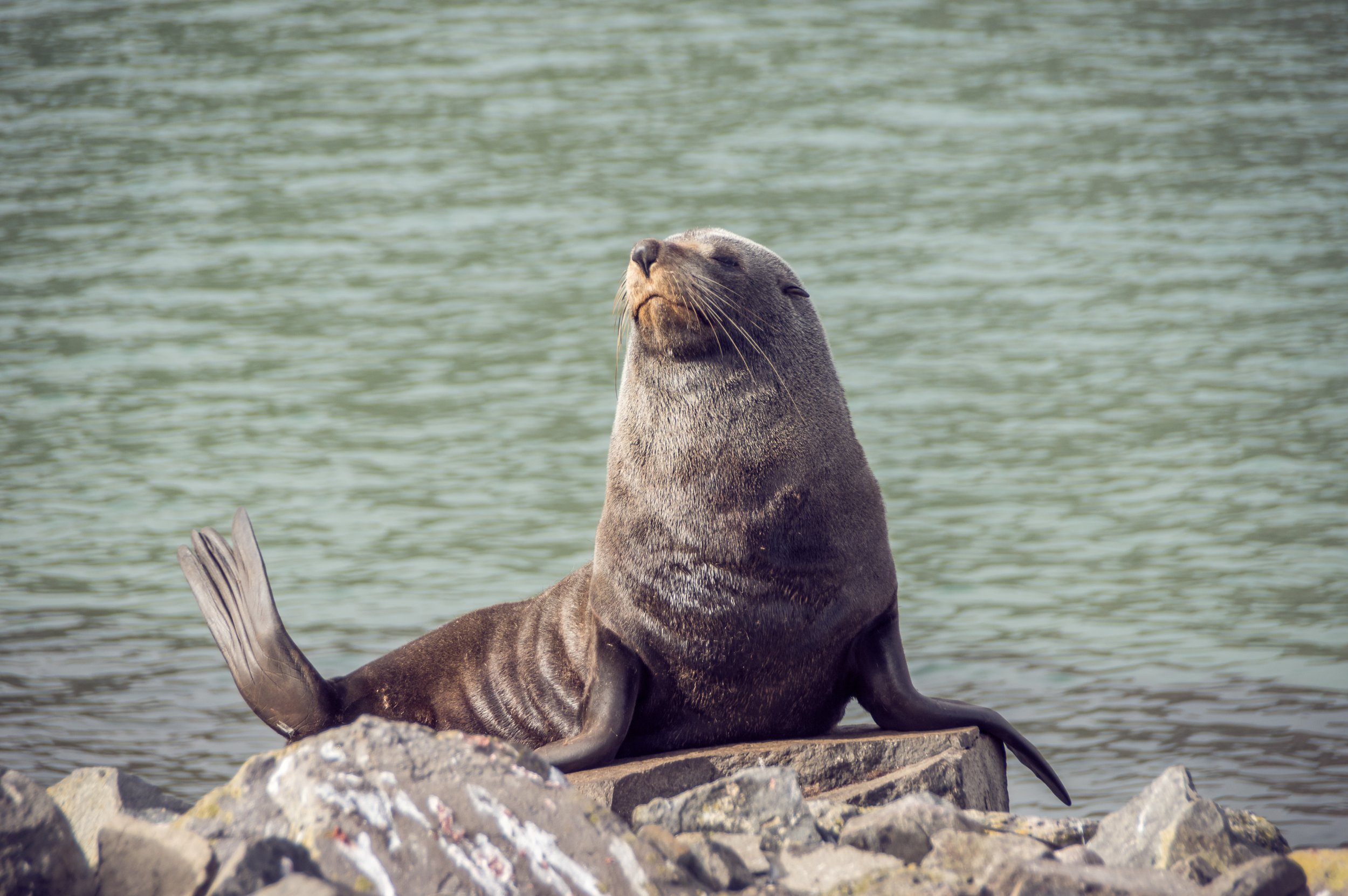Our key recommendations for DOC's Conservation Services Programme
Populations of many protected species that inhabit New Zealand’s waters are declining. ELI recently submitted its feedback on DOC’s draft plan for the Conservation Services Programme, which serves as the government’s primary mechanism for understanding and tackling fishing-related risks to protected species. In light of the alarming decline in marine biodiversity and the precarious state of our marine environment, formulating an effective plan to thoroughly investigate and address the effects of fishing on our taonga marine species is critical.
Here, we provide a brief summary of our recommendations to DOC:
Increase clarity on observer coverage in fisheries:
One significant oversight in the draft plan is the lack of discussion on observer coverage in commercial fisheries. Without clarity on which fisheries will be targeted and the proposed coverage levels, stakeholders cannot provide meaningful feedback. ELI recommends that DOC reintroduces transparency by clearly identifying the fisheries and coverage levels sought, allowing stakeholders to understand and contribute to the process.
Implement robust observer coverage in specific fisheries:
ELI suggests that the CSP ensures robust observer coverage in the following fisheries:
Cook Strait hoki trawl fisheries: Observer coverage is inadequate for estimating fur seal bycatch accurately. Improved coverage is essential to address the known and significant level of fur seal mortality in this fishery.
East Coast South Island set net fisheries: With Fishing Related Mortality Limits (FRML) set under the Hector’s and Maui dolphin Threat Reduction Plan, adequate observer coverage is crucial for precise estimation of total mortality. ELI recommends equivalent coverage levels as seen in the 6T SQU fishery.
Northern and eastern North Island surface long line fisheries: Observer coverage has declined to insufficient levels for monitoring endangered Leatherback turtle and Black Petrel bycatch effectively. Targeted coverage during specific areas and times of likely bycatch is critical.
North-eastern North Island bottom line fisheries: Low observer levels pose a challenge in accurately assessing Black Petrel bycatch. Adequate coverage is necessary to address this issue.
South Taranaki and Tasman Bay small trawl vessel fisheries: With a documented high bycatch of common dolphins, urgent action is required to increase coverage and determine the true extent of this mortality.
Include marine mammals in interaction projects:
ELI appreciates the proposed projects related to turtle bycatch but notes the absence of marine mammal projects. Fisheries with significant bycatch issues, as mentioned earlier, should be considered for potential interaction projects. ELI emphasizes the need for follow-up research on Cook Strait fur seal bycatch in hoki trawls, as the current estimated levels may be unsustainable and have implications for exporting hoki to the US.
Incentivise industry:
ELI highlights the lack of marine mammal mitigation projects and suggests that CSP explore projects on Seal Exclusion Devices (SED). Given the high incidence of fur seal bycatch in trawls, revisiting the utility of SEDs, along with other potential mitigation methods, is crucial. Additionally, ELI encourages CSP to consider economic incentives and disincentives to motivate industry participation in bycatch mitigation.
Conclusion:
Our submission aims to promote transparency and precision within the Draft DOC CSP Annual Plan for 2023/24. By addressing the oversight in observer coverage, ensuring targeted coverage in specific fisheries, and expanding mitigation and management tools, we can effect better protection for our marine species.

